Maple diseases and pests
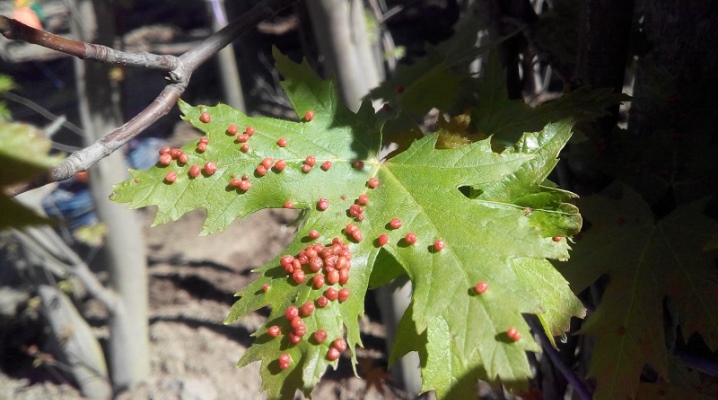
The maple tree is very famous all over the world. It is considered unpretentious, but at the same time it is often affected by various diseases or suffers from pest attacks. In our article, we'll talk about how to recognize the problem and get rid of it.
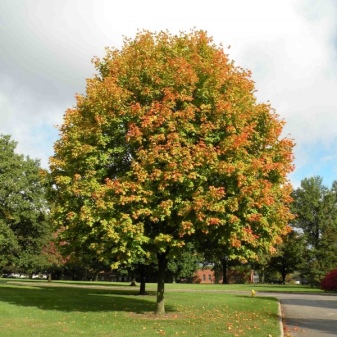
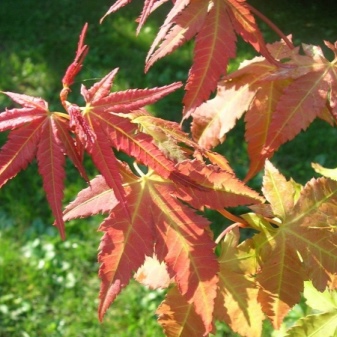
Overview of diseases
Maple is quite resistant to the occurrence of various types of diseases. Decorative species such as red, "Flamingo", etc. are considered especially susceptible to them. Experts recommend gardeners not to waste time and in the case when the tree is sick, start treating it as quickly as possible.
- If we talk about diseases, powdery mildew is in the first place in maple. It is very easy to recognize, the leaves are covered with a white cobweb bloom. The characteristic season for this trouble is the end of May or the very beginning of June. Over time, the leaves turn brownish and slowly begin to dry out. As a result, foliage may fall off prematurely, shoots stop ripening, and winter hardiness becomes significantly lower. It should be noted the rapid spread of the disease to other crops, this is especially true in cool and humid weather.
- Marginal leaf necrosis can form for various reasons. For example, the tree may not have enough moisture or nutrients. Vascular wilting is still called wilt and is found even in nurseries. Maple weakens over time and, if untreated, can dry out quickly enough.
- With stepped cancer, manifestations concern primarily the bark of the tree. It turns brown and dries over time. The wood is exposed and dies off. This disease is especially dangerous for young and not strong enough trees.
- Black spot appears as dark spots with jagged edges. Her education suggests that there is a good ecological situation in the place where the tree grows. The disease affects only the decorative appearance of the plant, there is no harm from it.
- Late blight refers to fungal diseases. The spots in this case acquire a brownish-purple hue, quickly grow and darken. In the future, the stems and leaves become soft and the plant quickly dies.

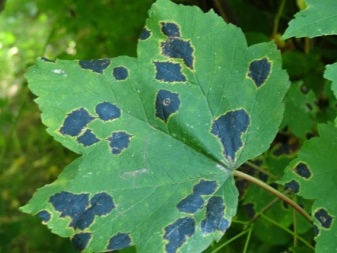
Common pests
There can be many pests attacking maple trees, they damage not only the leaves, but also the bark and even the root system. Let's talk about the most common ones.
- The maple weevil can infect various species of this tree. He systematically destroys the leaves, which eventually leads to the death of the plant. The attack of the maple mealybug also becomes very unpleasant.
- Pests can choose different trees. Some of them, such as caterpillars or leaf beetles, prefer healthy plants, while others (for example, bark beetles) prefer weakened plants. When it comes to leaves, caterpillars are the main threat. They also attack flowers and buds. An attack by a maple whitefly causes all the leaves to fall off the tree. If we are talking about sucking insects, such as scoops and ticks, they will systematically draw out the sap from the plant, which over time can also destroy it.
- Less common pests such as marble or June beetle. They are brought in together with seeds and seedlings.
- An insect called the ash hat differs in that it emits a persistent mouse smell. Among the signs of its manifestation, leaves can be noted, eaten from all sides except the middle.The danger is that the pest is able to completely destroy the planting in just a couple of nights.
- Among the sucking insects, the false scale is also known. It weakens the tree, which begins to lose branches due to drying out.
- Experts note that the age of the plant also plays a role in the attack of insects. Young and old are also characterized by their own diseases.
Fleas, cicadas, elephants and beetles can cause significant damage to young plantings. Zlatka also attacks older trees.
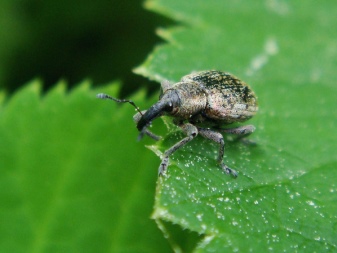
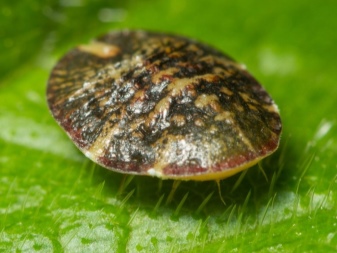
Treatment methods
When taking action to control diseases in maple trees, it is important to keep in mind how quickly the problem is detected. It is necessary to increase supervision from the moment the leaves appeared on the tree until the very end of the season. This will allow you to correctly and timely organize measures to protect the plantings. It is necessary that the conditions for the growth and development of the plant are optimal. In this case, you can count on an increase in resistance to most diseases. In addition, when it comes to necrotic diseases, a number of procedures will help to limit their development and protect other plantings, in particular, pruning branches, as well as timely removal of the affected parts of the tree.
For in order to prevent the possibility of the spread of powdery mildew or spots of various types, experts recommend getting rid of fallen leaves. The fact is that pathogens can persist on it for a long time. You can use special drugs, in a wide range offered in specialized stores, but this is true in the case of widespread distribution. During the growing season, tree crowns should be treated with fungicides. They will help prevent the germination of disease spores, which will keep the plant from getting infected. Processing is carried out if white bloom and various types of spots begin to appear on maple leaves. The procedure is repeated in 7-14 days one or two more times.
For in order to eliminate the wintering stages of diseases, as well as to reduce the level of primary infection, experts recommend spraying the leaves in the spring or late autumn. For this, fungicides are used to eradicate action. In this case, you should carefully study the instructions and strictly monitor the amount of the drug used and the processing time. It is not possible to use any one method that will help with all diseases and pests. Therefore, when dealing with them, you need to focus on each specific case and do not forget about prevention, since it allows you to prevent many problems.
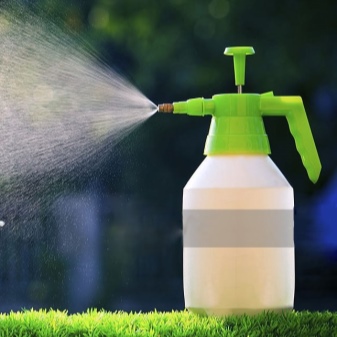
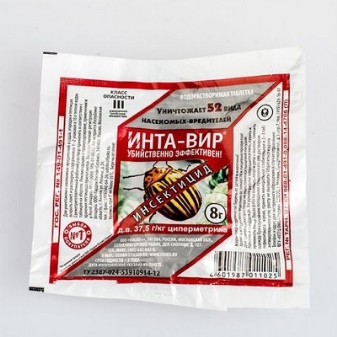
If, in the fight against diseases, gardeners often prefer to use folk remedies, for example, chopped garlic, then when pests attack, special formulations are considered more effective. Popular among them are drugs such as "Skor", "Inta-Vir", "Falcon", "Kinmiks", "Altara" and others.
For information on why maple dries, see the next video.



































































Hello. I planted little maples dug out in the forest, 8 pieces. They grew up for 4 years normally, and this year it began to blush on the two outer sheets in the middle, and then dry. What is this disease and how to cope with it?
The comment was sent successfully.